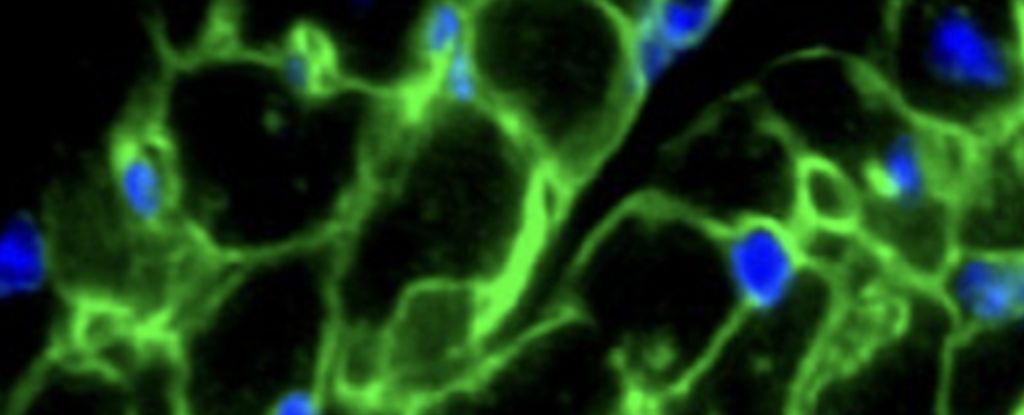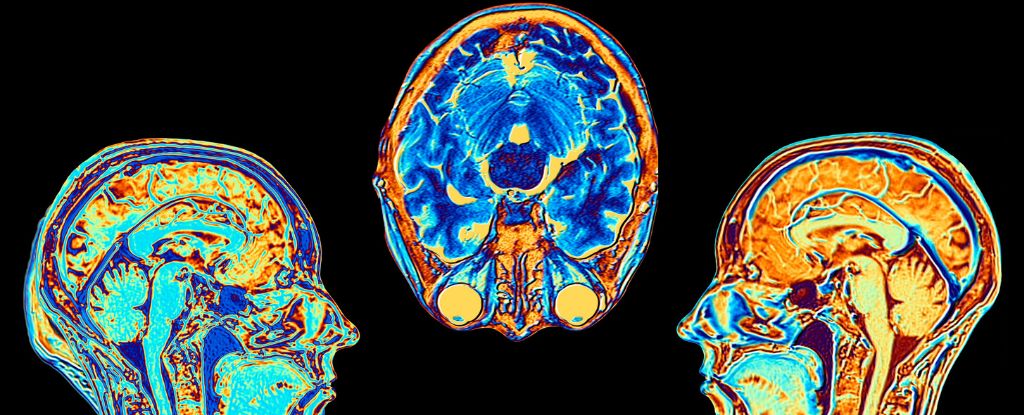ARTICLE AD
I have been working with the Fantastic Four for going on forty-plus years. That’s purely because I have some artwork saved from my childhood where I tested out my abilities to draw these characters. The first Fantastic Four comic I bought was likely the Power Records repackaging of the origin of the team retold by Roy Thomas and John Buscema in a story called “The Way It Began!” (originally from Fantastic Four no. 126, September 1972). This book and record from 1974 established the preeminent Marvel group to me. It was a great entry to their dynamic qualities of characterization and constant infighting.
I would get issues of that series sporadically throughout my earliest years, since begging my parents for a single book per grocery store visit was my only regular option. I had a good five years of begging before I got a dollar a week allowance by the time I was ten. If that sounds like very little—it was then, too. That was the hard part of having parents born in the 1920s; inflation hadn’t caught up with them. Early on, my absorption of the FF was through comics with runs by artists such as John Buscema, Rich Buckler, George Pérez, and Keith Pollard, with inking applied by the careful, skilled hand of Joe Sinnott, who kept the characters and book looking and feeling consistent.
The original look and ultimate definition of the Fantastic Four was Jack Kirby’s, which I got through numerous reprints such as Marvel’s Greatest Comics, and through history books like Comix: A History of Comic Books in America by Les Daniels, and Origins of Marvel Comics by Stan Lee and its numerous follow-up volumes for Fireside Books. I quickly understood the unique value of Jack’s style and character interpretation. I learned of Jack Kirby when I was five because the end of his (third) time at DC Comics overlapped his (third) time at Marvel, just as I began getting comics more regularly in 1975. The distinctiveness of Kirby was applied to many Marvel Comics covers in this period, particularly with the Fantastic Four; even though he wasn’t doing the interiors, I was drawn to his work.
I was evolving in my path to eventually define my own artistic approach, and I took in virtually everything I could get my hands on. It was a long time before I determined that I would skew toward painted realism, and I played with imitating the styles of various artists along the way. Kirby’s was always a fun one to adapt, but I never thought about it as a real focus for me. He was just a constant influence in how I saw the liveliness of super hero art, and was key to how their nature was shaped.
Jumping ahead to my entry into the comic business in 1989, I had ambitions of doing painted storytelling much like what was being done in the eighties, particularly over at DC Comics. It occurred to me that I could be more useful bringing some of that approach over to Marvel, particularly since they rarely employed a painted approach to their characters. By the end of my first year in the business, I got my first editorial call from Marvel, and by the beginning of 1990, I began work on the proposal that would evolve into the series Marvels.
Along with my story pitch were portraits of Marvel characters who I felt were truly innovative creations in comics. These included a study of the Thing titled “Grimm,” where I tried to do a rocky portrayal of Jack Kirby’s features within his design. A portrait called “Etc.” was a poorly named grab bag of Kirby creations, including Galactus, Hulk, Asgard, and a focus on Invisible Girl/Woman Susan Richards and her son, Franklin. With the addition of other portraits of FF-introduced characters such as Namor, Black Panther, and Doctor Doom, I clearly showed a predilection for that corner of the Marvel Universe.
It’s no wonder that my collaborator, Kurt Busiek, built the Marvels series up to include a major Fantastic Four storyline.
In issue no. 3 of Marvels (which came out in January 1993), Kurt and I made the most use of our Prestige Format series to focus on retelling the pivotal drama of a god figure coming to Earth to destroy it, only to be thwarted by special people and a fallen angel. Kirby’s intended metaphor with his characters of Galactus and the Silver Surfer was always clear to readers, and we tried to reinforce the story’s impact with a man-on-the-street point of view, combined with large sweeping imagery. It was one of the most satisfying times of my life to feel that I could walk “in the skin” of this material. My fortune to work with multiple models who enhanced my art with their grounded reality gave me the grittiness and structure I could build upon and adapt. This issue of Marvels featuring the Fantastic Four garnered the biggest reaction for the whole series.
Around the same time, I was enlisted to do a poster re-creation for Marvel of the cover of the legendary first issue of the Fantastic Four, which was another key honor I had playing in that space. Along the way, with later group shots related to Marvels like a collection cover or a press image in Wizard magazine, I always leapt at the chance to illustrate the FF within larger Marvel groupings. While I was working on various projects for other publishers, I found many opportunities to reconnect with the FF, and more broadly with other Kirby concepts. There are so many of them out there to touch on, including what his own family’s estate has, and even those I’ve designed based on his direct inspiration. With Marvel, I helped create a series set in the future with my collaborator Jim Krueger, called Earth X (1999–2000), which featured a view into the fate of virtually every major Marvel super hero. The Fantastic Four were fundamental players in that series, which spawned a number of tie-in comics amidst our sequels, including the simply titled 4, which was one of our most intimately driven projects. We reunited the FF team and dealt with the highly tragic hand we had created for them. The cover for that book was my first for a Fantastic Four–specific comic.
It would be a number of years before I would again get to illustrate the characters, particularly with a chance to really give them my all. I honestly had no idea how much I had harbored a drive to do more with them, and I was likely inspired by the great work I had seen lots of the best creators in comics doing with them.
The expanded edition of Fantastic Four: Full Circle will release next week on October 29, 2024. The new release includes both the original 64-page graphic novel as well as almost 300 pages of additional material, most of which is being published for the first time–including the above essay from Ross, as well as early pitches and concept art for the artist’s vision of the Fantastic Four. Click here to find out where you can pre-order the book!
Want more io9 news? Check out when to expect the latest Marvel, Star Wars, and Star Trek releases, what’s next for the DC Universe on film and TV, and everything you need to know about the future of Doctor Who.

 3 weeks ago
36
3 weeks ago
36 





